Finance Minister Nirmala Sitharaman tabled the Union Budget for the financial year 2025-2026 in Parliament on Saturday.
This was the first complete budget of Prime Minister Narendra Modi’s 3.0 government and her eighth consecutive budget, setting a record.
The Budget focused on women, farmers, education, and youth.
She announced major initiatives, and changes to the existing tax slabs in the new regime, ensuring relief to the middle class.
Here’s a quick look at key takeaways from the Union Budget 2025:
A new Fund of Funds Scheme (FFS) with a capital of Rs 10,000 crore was unveiled by the government on Saturday in an effort to support the development of aspiring business owners in the nation. The government introduced a similar scheme in 2016 as well, with contributions distributed throughout the 14th and 15th cycles of the Finance Commission and a corpus of Rs 10,000 crore.
The government plans to set up a urea plant in Assam to further augment urea supply to farmers. Sitharaman, while presenting the Budget, said, “The plant with an annual capacity of 12.7 lakh metric tonnes will be set up at Namrup in Assam. Three dormant urea plants in the Eastern region have been reopened.”
The Centre said on February 1 that 10,000 seats would be added to hospitals and medical schools the following year. Within the next five years, the government wants to add 75,000 seats.
Additionally, Sitharaman announced that the credit guarantee cover for MSMEs (micro, small, and medium-sized businesses) would be increased from Rs 5 crore to Rs 10 crore. Additionally, term loans of up to Rs 20 crore will be made available to well-managed exporter MSMEs.Additionally, the government intends to launch microbusiness-specific credit cards.
Moreover, Sitharaman stated that within a decade, 120 new destinations will be added to the new UDAN plan. The government has allocated Rs 540 crore for the plan in the FY26 budget, which is less than the revised estimate of Rs 800 crore but marginally more than the Rs 502 crore (BE FY25) announced in July 2024.
India will set up a Rs 250 billion or Rs 25,000 crore maritime development fund for the long-term financing of the country’s shipbuilding and repair industry. Jal Jeevan Mission, which aims to provide tap water connection to all rural households, has been extended till 2028 with an enhanced Budget outlay.
This is probably one of the biggest announcements of the Budget speech.
Under the new system, those earning up to Rs 12 lakh would not be required to pay any income tax, according to Sitharaman.The standard deduction of Rs 75,000 is not included in this. Additionally, she increased the two-year tax return filing maximum to four years.
The slabs have changed under the new tax system, which Sitharaman initially implemented in 2020. They will now be:
The old tax regime remains unchanged.
The Centre introduced the Bharatiya Bhasha Pustak Scheme, a fresh initiative designed to increase accessibility to education by providing study guides and digital textbooks in a number of Indian languages.
Over the next three years, the government will also help every district hospital create daycare cancer centres, with 200 of these to be built in 2025–2026.
The Budget also included a scheme that focuses on the development of clusters, skills, and a manufacturing ecosystem that will create high-quality, unique, innovative, and sustainable toys that will represent the ‘Made in India’ brand.
The Centre will establish a National Institute Of Food Technology, Entrepreneurship, and Management in Bihar.
“The Institute will provide a strong fillip to food processing activities in the entire eastern region. This will result in, one, enhanced income for the farmers through value addition to their produce, and two, skilling entrepreneurship and employment opportunities for the youth," Sitharaman said.
The 2025 Budget has announced the setting up of five National Centres of Excellence for Skilling and Centre of Excellence for artificial intelligence (AI) for education with an outlay of Rs 500 crore.
Sitharaman announced a plan to develop 50 tourist destinations in India to generate employment, attract investment, improve infrastructure, and expand India’s tourism capability. She also launched a new ‘Heal in India’ initiative, under which India will be promoted as a destination for medical tourism.
Under the Prime Minister Street Vendors Atmanirbhar Nidhi (PM SVANidhi) scheme, street vendors will now be provided with credit cards with a limit of Rs 30,000, allowing them to take loans for their businesses.
The government will be launching a focused scheme for the footwear and leather sectors while steps will be initiated to make India a global toy manufacturing hub.
Catch all the live updates here: Union Budget 2025


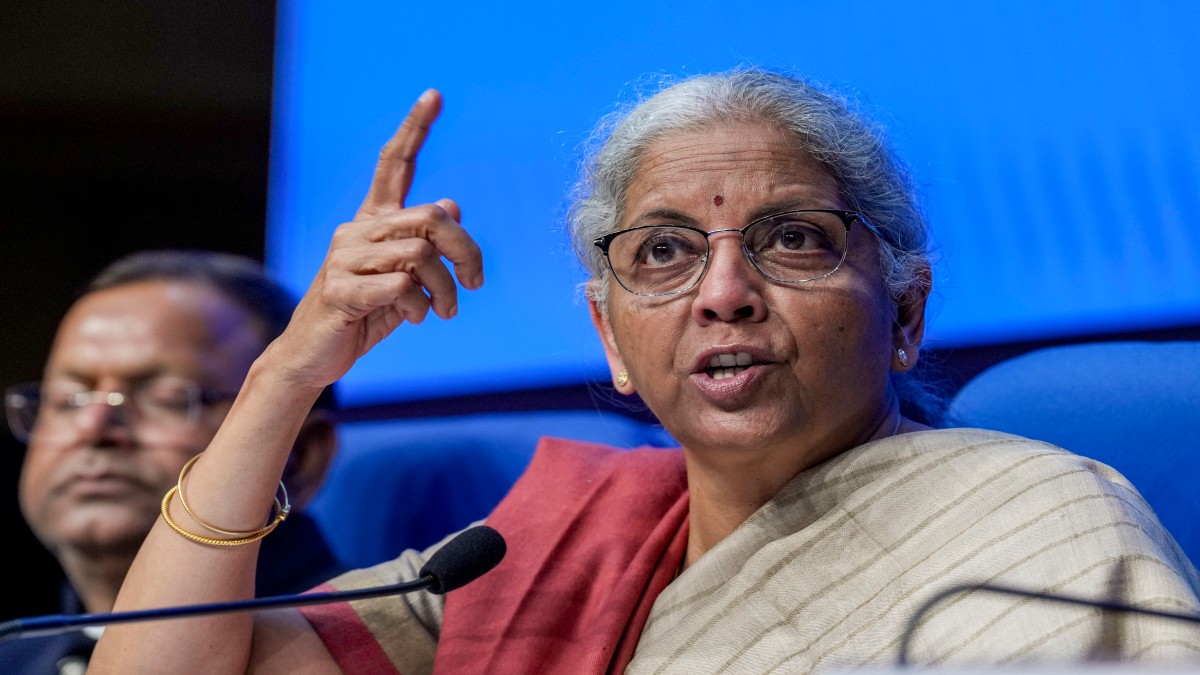)
)
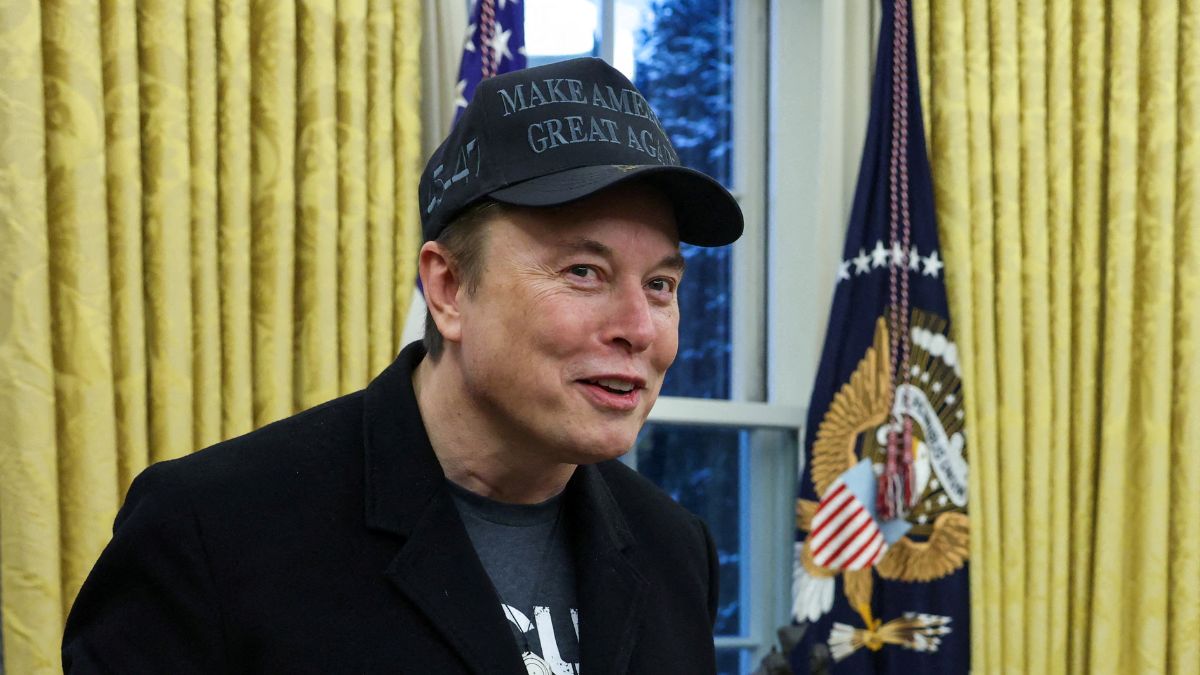)
)
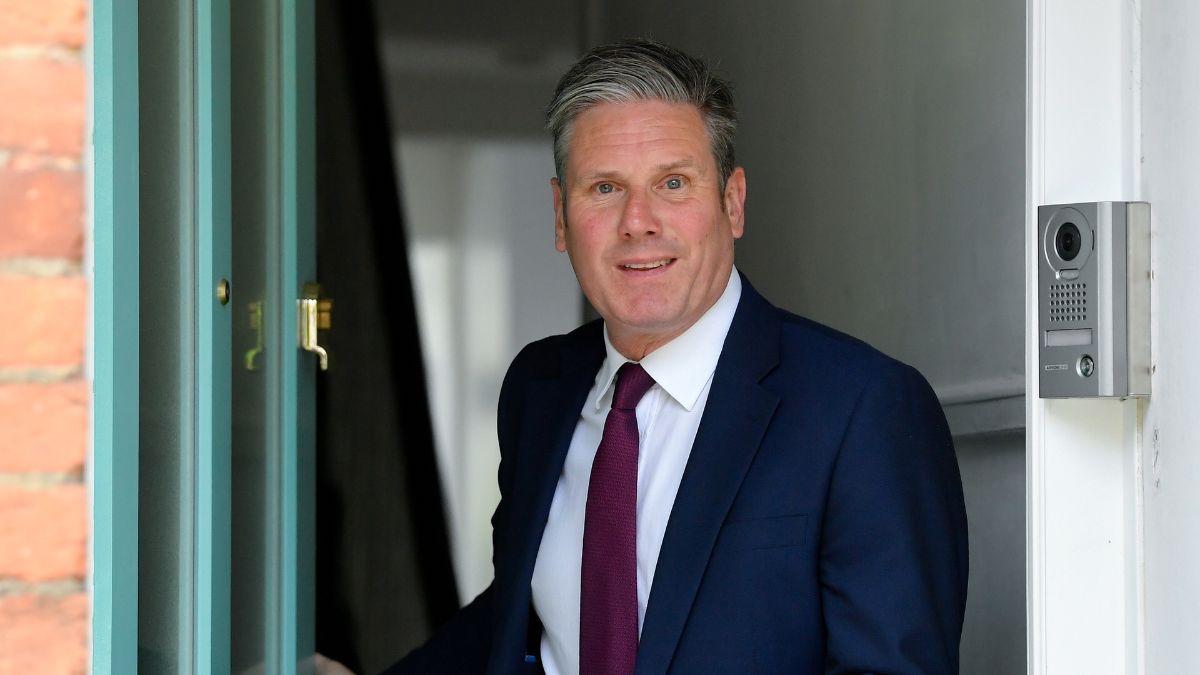)
)
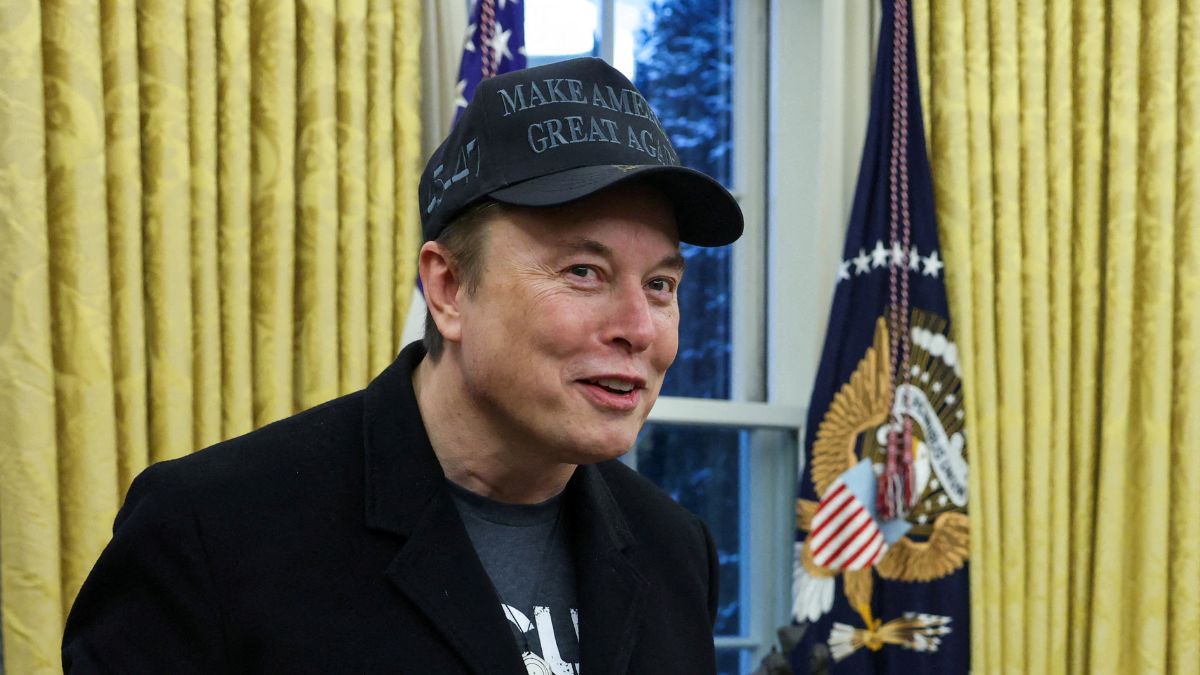)
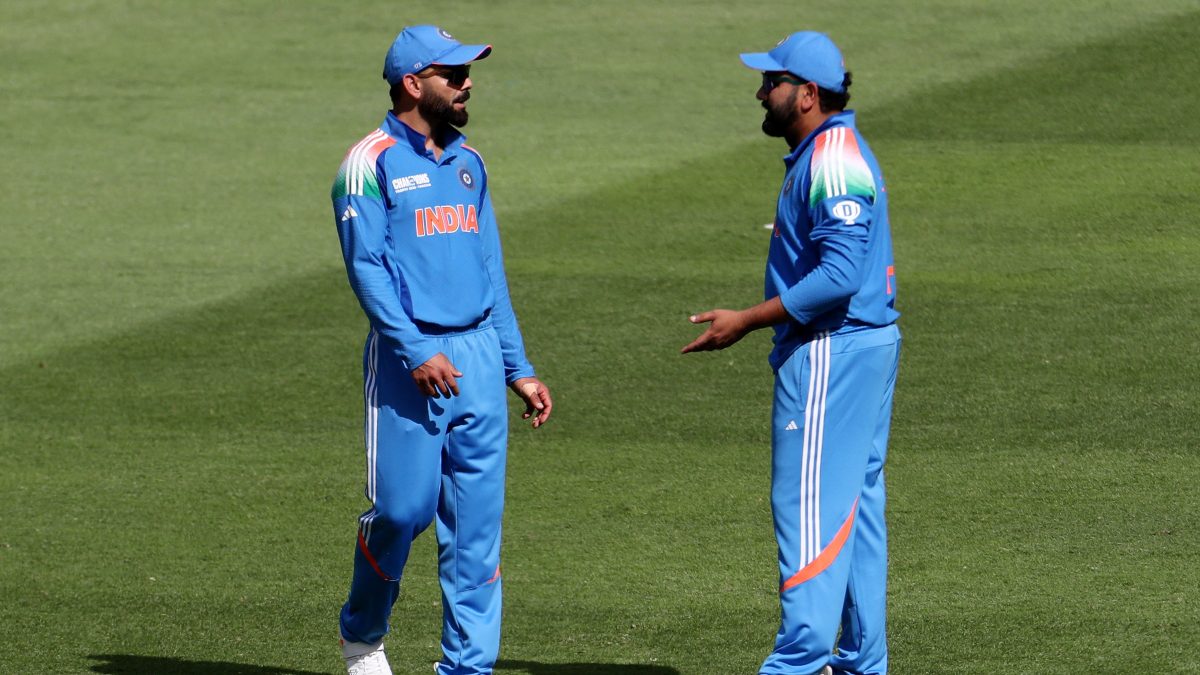)
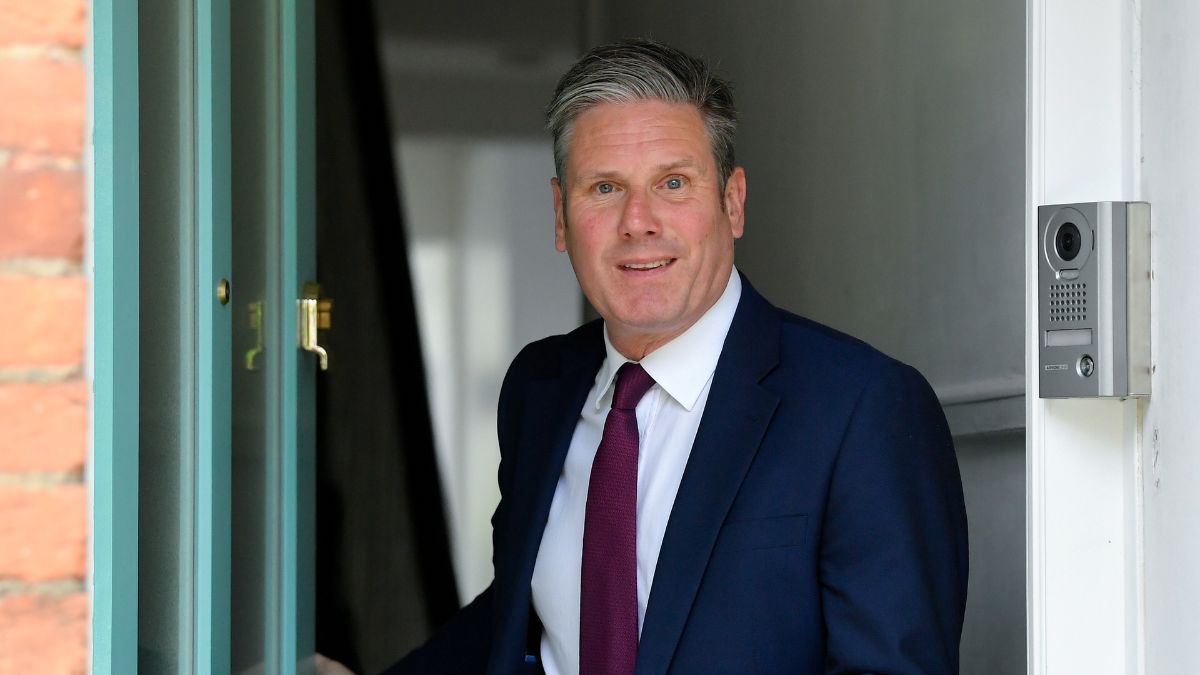)



